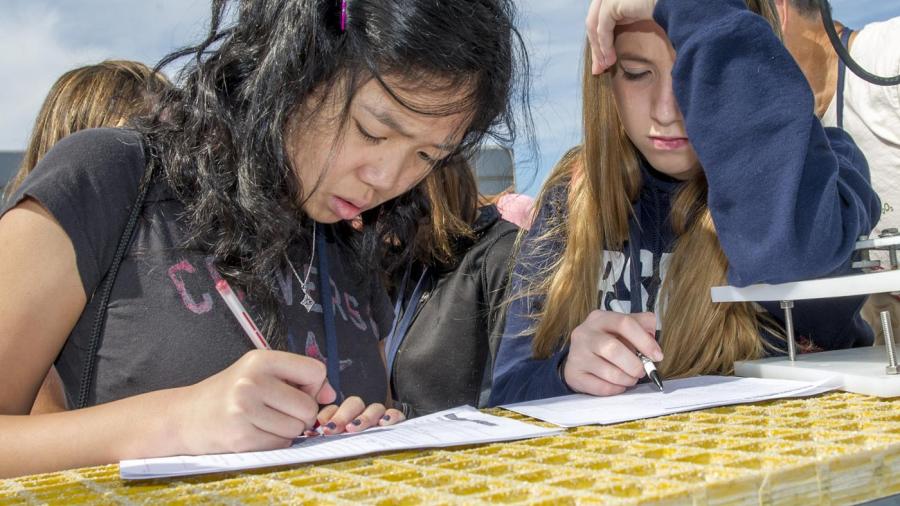What Is the Difference Between Active and Passive Learning?

According to the University of Minnesota’s Center for Teaching and Learning, active learning is an instructional approach in which the students engage the material they study through reading, writing, talking, listening and reflecting. Passive learning is a traditional instructional style that involves teachers lecturing and students taking notes.
The primary activity of passive learning is passive listening. Critics of passive listening say that students are just retaining information until the next test, instead of beyond the classroom. Active learning is a teaching method aimed at solving this problem.
Active learning places more responsibility on the participants of the classroom environment: the teacher and the students. Teachers using an active learning style are not only responsible for knowing the subject they teach, but also for knowing how to best teach the material. This includes giving quizzes, starting discussions and providing questions for reflection outside of class. Students are prepared to discuss each day’s topic, write down their thoughts on the subject, form small study groups outside of class, and work with other students on projects inside and outside of the classroom.
Active learning, unlike passive learning, must always be adapting. Norman Herr, Ph.D., professor of science education at California State University, Northridge said, “Such teaching is dynamic, and the continual revisions to teaching and delivery methods, visual aids and demonstrations are endless.”





